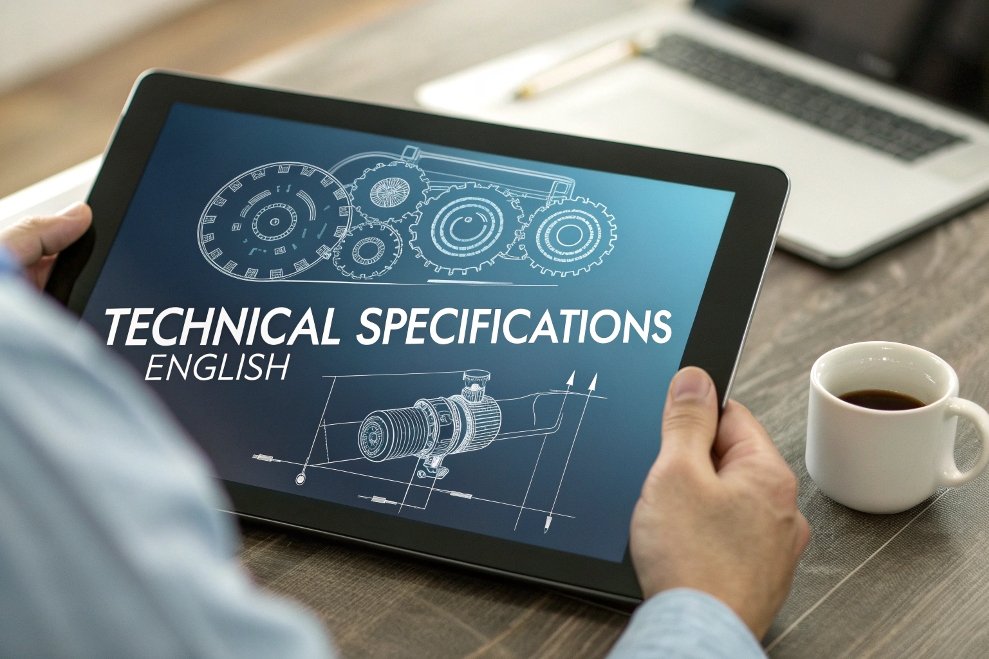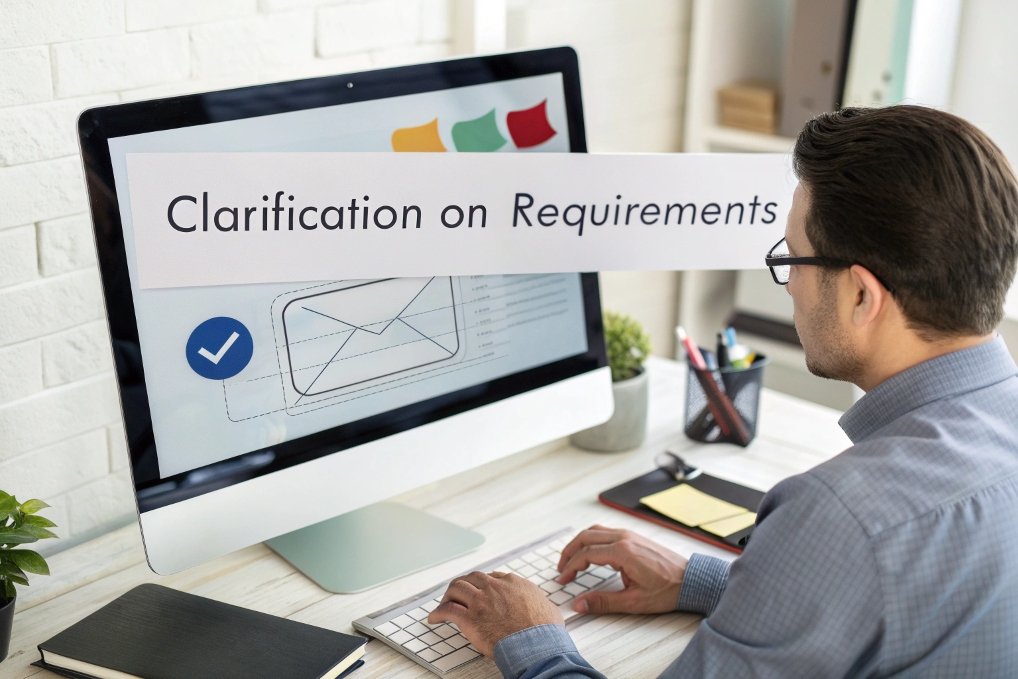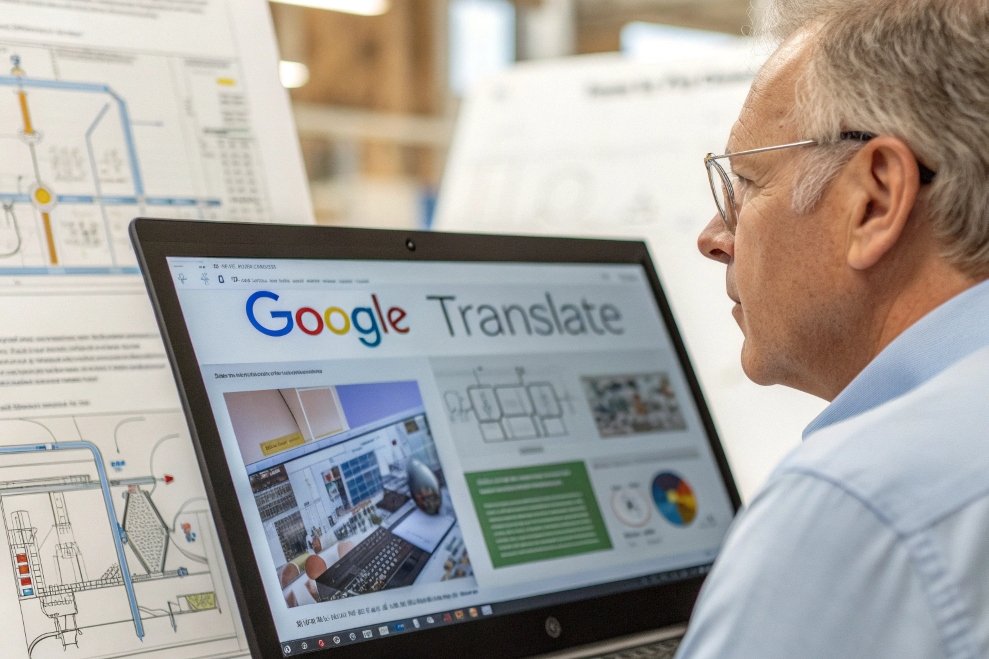
When dealing with overseas suppliers, language barriers can be one of the biggest challenges. I’ve been in situations where even a small misunderstanding due to language differences led to delays or quality issues. But over time, I’ve learned how to address these barriers effectively. With the right strategies and tools, clear communication is not only possible—it can be seamless.
Addressing language barriers in overseas supplier communication involves using practical strategies, leveraging the right tools, and sometimes involving experts like translators. Clear communication ensures that there’s no ambiguity in expectations, leading to fewer mistakes and smoother operations.
In the beginning, I found myself frustrated by simple misunderstandings, like misinterpreting technical requirements or delivery schedules. But I quickly realized that clear communication1 was essential to keep everything on track. Let me walk you through how I’ve addressed language barriers and how you can too.
What Are the Best Practices for Overcoming Language Barriers with Overseas Suppliers?

Overcoming language barriers requires a mix of patience, preparation, and the right communication tools. Here’s a guide on how to handle language differences effectively when working with overseas suppliers.
Best Practices to Overcome Language Barriers
| Best Practice | How It Helps |
|---|---|
| Use Clear and Simple Language | Avoid jargon, idioms, and complex words. Stick to basic language that’s easy to understand. |
| Use Written Communication | Written communication (emails, messages) allows both parties to clarify points before responding. |
| Confirm Understanding | Always ask for confirmation that the supplier understands your requirements, and ask them to repeat the instructions. |
| Use Visuals and Diagrams | Images, diagrams, and charts can help clarify ideas and reduce misunderstandings. |
| Be Patient and Open-Minded | Understand that cultural differences and language barriers2 may require a little more time and patience. |
| Use Translation Apps and Tools | Tools like Google Translate can be helpful for basic communication, though they’re not always perfect. |
My Approach to Overcoming Barriers
In my experience, the key to overcoming language barriers is clarity. I make sure to write everything down, double-check, and simplify my language. I also avoid using slang or idiomatic expressions, as these can be confusing for non-native speakers. Over time, these practices have helped reduce misunderstandings and kept things on track. But these practices alone weren’t enough—I also had to use translation tools and, when necessary, professional translators to ensure everything was crystal clear.
How Can You Ensure Clear Communication When Working with Suppliers in Different Languages?

Ensuring clear communication with suppliers who speak a different language is all about adapting your approach. It’s not just about language—it’s about how you convey your message in a way that’s easy to understand.
Steps to Ensure Clear Communication
| Step | How It Helps |
|---|---|
| Establish Common Ground Early | Start by setting up a clear and mutual understanding of the project’s goals and requirements. |
| Use Translation Software and Tools | Leverage online translation tools like Google Translate, but don’t rely solely on them for technical details. |
| Create Visual Aids | Diagrams, images, and videos can help explain complex concepts better than words alone. |
| Reiterate Key Points | Repeat key points in different ways to ensure understanding and reduce misinterpretations. |
| Involve a Liaison | If possible, use a bilingual liaison to facilitate communication, especially for more complex or technical discussions. |
How I Ensure Clear Communication
When I first started, I used simple email templates to communicate expectations, which helped streamline conversations. However, for more technical discussions, I found that visual aids like technical drawings were incredibly helpful in bridging the gap. Additionally, having someone fluent in both languages review the communication ensured no important detail was lost in translation. Now, I’m always more proactive in laying out detailed instructions and confirming understanding with my suppliers.
Why Should You Use Professional Translators to Avoid Misunderstandings?

Using professional translators is an investment that can help avoid costly mistakes. While machine translation is great for quick messages, professional translators ensure that technical and business communications are error-free and precise.
Benefits of Professional Translators
| Benefit | How It Helps |
|---|---|
| Ensures Accuracy | Translators specialize in technical terms and industry-specific language, reducing the chance of misinterpretation. |
| Avoids Cultural Misunderstandings | Professional translators are also aware of cultural nuances, which can make a big difference in international business. |
| Saves Time and Money | Though it may seem costly upfront, professional translation can save you from expensive mistakes and misunderstandings in the long run. |
| Improves Professionalism | Using a translator shows your commitment to clear communication and builds trust with your supplier. |
Why I Rely on Professional Translators
There were times when I tried to cut costs by using machine translation. While it helped for simple conversations, I soon realized that for more technical discussions—like custom part specifications or contract terms—I needed a professional. Translators helped me ensure that no key details were missed or misinterpreted, which could have resulted in costly delays. If I could go back, I would’ve invested in professional translators even sooner. They were essential for maintaining smooth, error-free communication with my suppliers.
Conclusion
Addressing language barriers in overseas supplier communication requires a mix of clear, simple language, the right tools, and, in some cases, professional translators. By establishing clear expectations, using visual aids, and confirming understanding regularly, you can reduce the risks of misunderstandings. Remember, while using translation software can be helpful for quick exchanges, the real benefit comes from using professional translators for important technical and contract discussions. The time and investment are well worth the clarity and smooth communication they provide.

